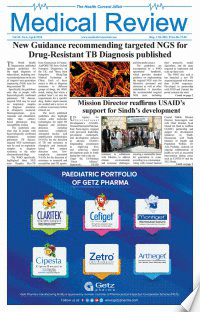“Disaster risk reduction is about choices.” – United Nations Office for Disaster Risk Reduction
It is often thought that the damage caused by natural disasters such as earthquakes can neither be predicted nor managed. While earthquakes and floods occur without warning, the damage caused to vital infrastructure such as schools and healthcare facilities can be limited if communities are aware of how to reduce the risks posed by natural calamities.
So Disaster Risk Reduction and Resilience (DRRR) has emerged as an approach to public emergency preparedness and response which involves helping individuals and communities to work together to improve the safety and resilience of facilities around them. To help schools and communities based in earthquake-prone areas be better prepared to respond to natural hazards, the Institute for Educational Development (IED) and the Aga Khan Development Network partnered to conduct a range of DRRR education sessions in Gilgit-Baltistan, Chitral and Karachi.
These courses which were conducted through IED’s network of professional development centres (PDCs) covered a range of key areas: from assessing how earthquake-proof buildings are, to coaching trainees on how to conduct emergency drills in school, household and community settings. Over 160 master trainers participated in the programme and then went on to build capacity through trainings and interventions that have reached over 7,000 individuals in schools and civil society organisations.
“We have been working to empower the communities to reduce the economic, social and cultural impacts in the eventuality of a natural disaster,” says Sultan Alam, a senior instructor and the DRRR education lead at PDC, North. He went on to share a number of examples of how trainees have gone on to apply their lessons to the world around them.
One example is Hussain Shah from Sost in Gilgit-Baltistan who has arranged awareness sessions for students and staff in four community learning centres. With the help of volunteers, he has conducted a survey of potential hazards in and around his village and will share these details with more members of the community through further training sessions.
Similarly Najia, a teacher from Al-Murtaza School, Karachi, has prepared an evacuation plan for her school and has worked with her colleagues to conduct awareness sessions for 167 teachers and staff.
Master trainers have remained in touch with educators at the PDCN during their field work as they work to introduce DRRR practices more widely into school curriculums as well as building and planning activities around them. Such activities are an integral part of the SDGs since Goal 11 on Sustainable Cities and Communities calls for steps to build community resilience to disasters through initiatives that limit the risks posed to the life and livelihood of vulnerable communities.


